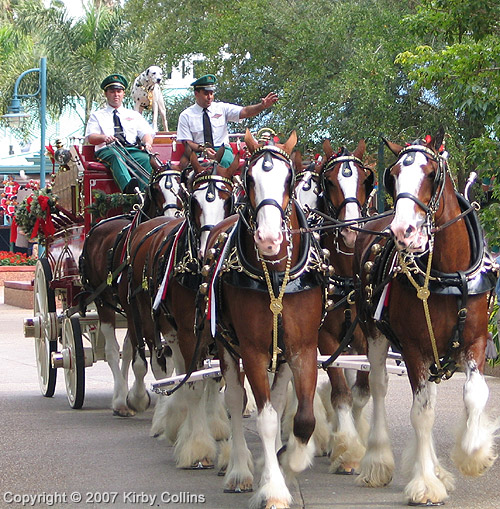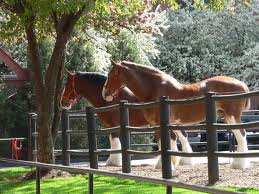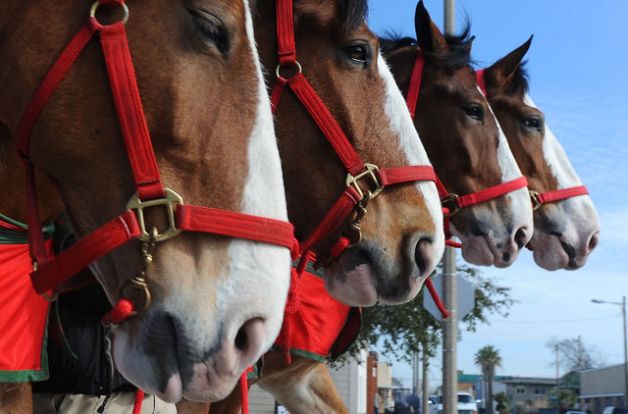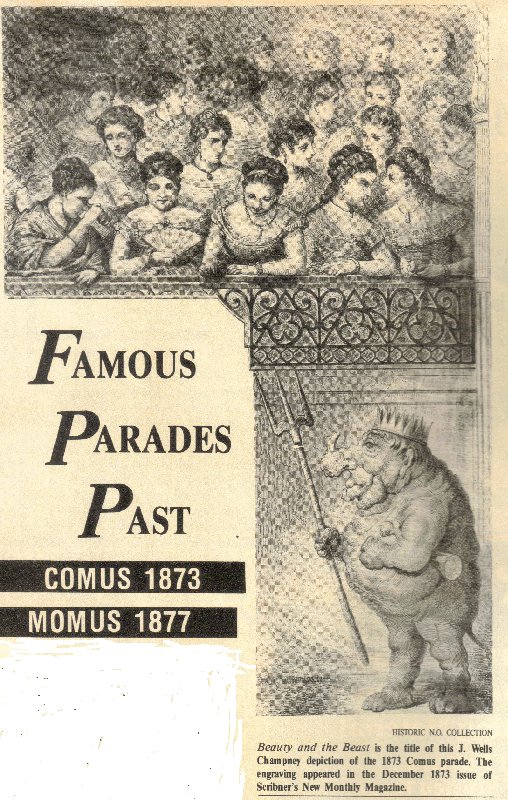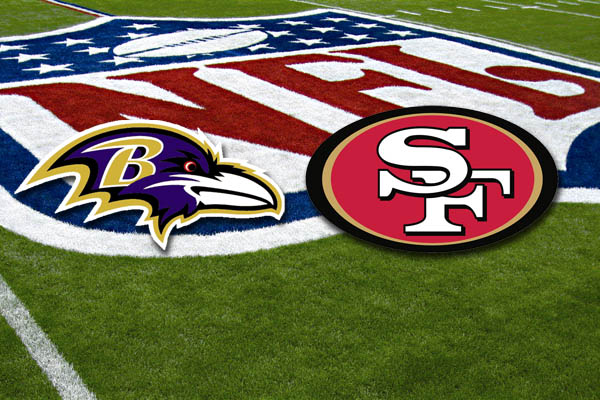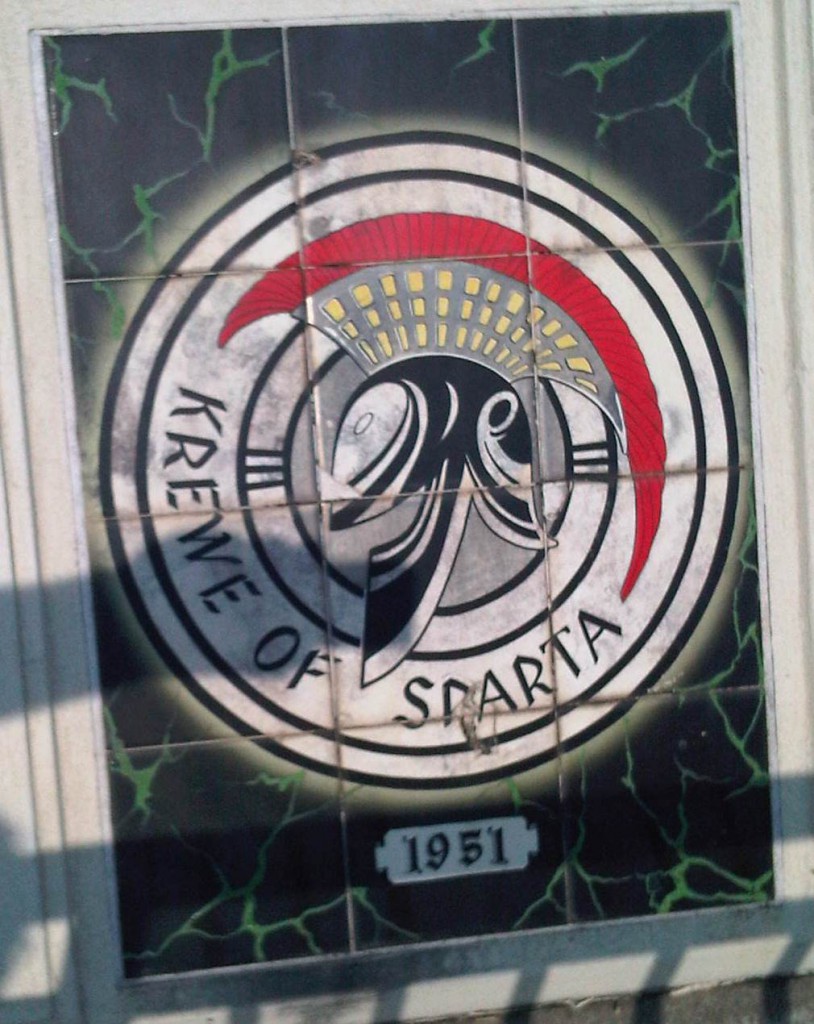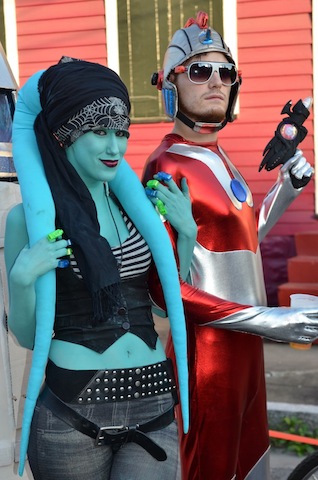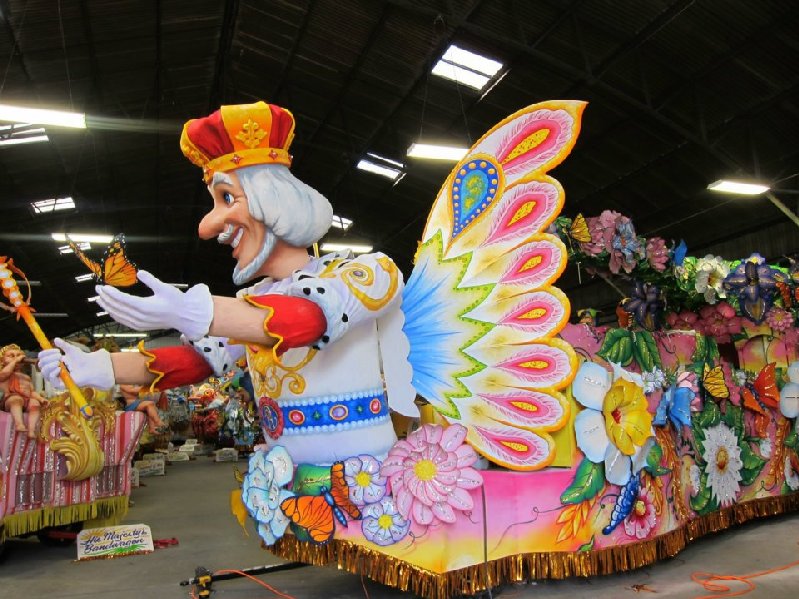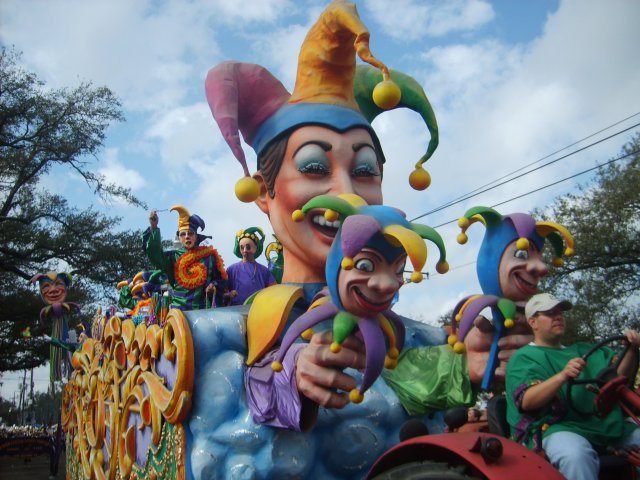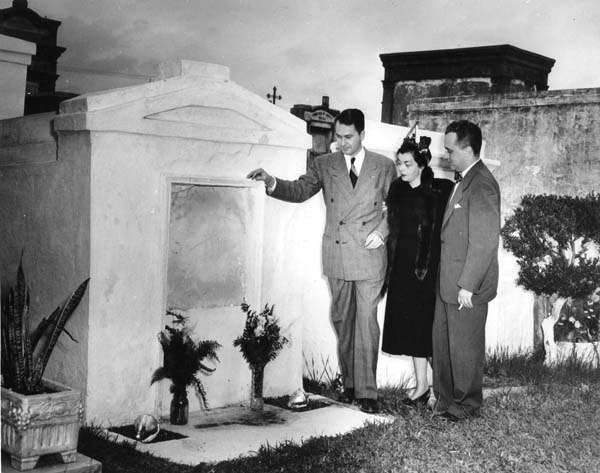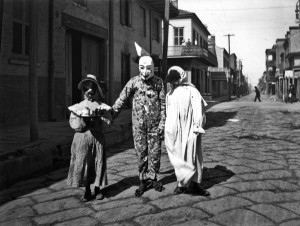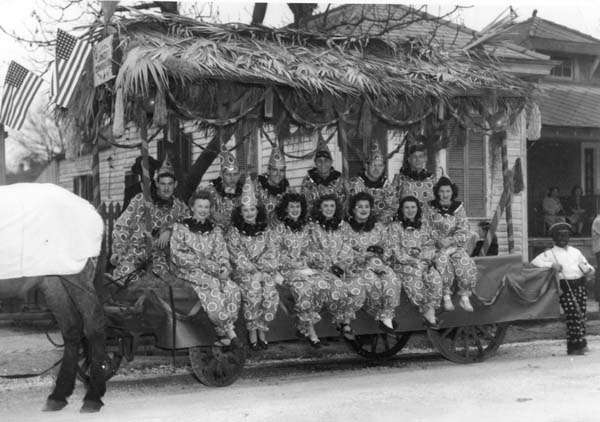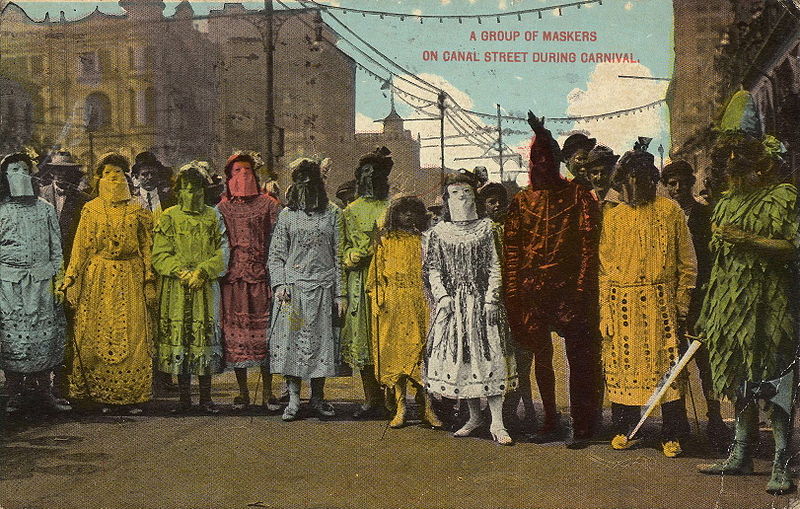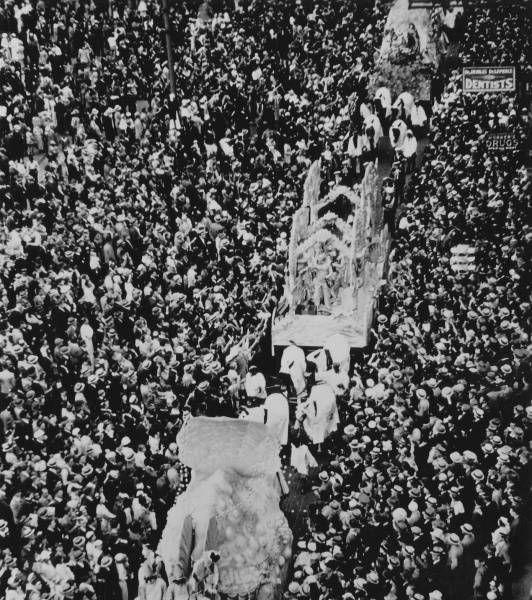REX Parade
Budweiser Clydesdales 2013 Mardi Gras Schedule!!
2Here come the most incredible draft horses in the world, the fabulous Budweiser Clydesdales hitch, six huge Clydesdales at a time, pulling an old time beer distributors truck on St. Charles Avenue and Canal Street.
The Clydesdale is a breed of draught horse derived from the farm horses of Clydesdale, Scotland, and named after that region. Although originally one of the smaller breeds of draught horses, it is now a tall breed. Often bay in colour, they show significant white markings due to the presence of sabino genetics. The breed was originally used for agriculture and haulage, and is still used for draught purposes today. The Budweiser Clydesdales are some of the most famous Clydesdales, and other famous members of the breed are used as drum horses by the British Household Cavalry. They have also been used to create and improve other draught breeds.
01/26: Krewe of Pontchartrain – Drive New Orleans, LA
01/27: Krewe of Alla – Drive New Orleans, LA
01/29: Mardi Gras-Single Horse – Drive New Orleans, LA
01/30: Mardi Gras-Single Horse – Drive New Orleans, LA
02/01: Krewe of Metairie – New Orleans, LA
02/02: Krewe of Olympia – New Orleans, LA
02/06-01/07: Mardi Gras-Single Horse – New Orleans, LA
02/08: Krewe of d’Etat – New Orleans, LA
02/09: Krewe of Endymion – New Orleans, LA
02/10: Krewe of Bacchus – New Orleans, LA
02/12: Krewe of Argus – New Orleans, LA
The breed was developed from Flemish stallions imported to Scotland and crossed with local mares. The first recorded use of the name “Clydesdale” for the breed was in 1826, and by 1830 a system of hiring stallions had begun that resulted in the spread of Clydesdale horses throughout Scotland and into northern England. The first breed registry was formed in 1877. In the late 19th and early 20th centuries, thousands of Clydesdales were exported from Scotland and sent throughout the world, including to Australia and New Zealand, where they became known as “the breed that built Australia”. However, during World War I population numbers began to decline due to increasing mechanization and war conscription. This decline continued, and by the 1970s, the Rare Breeds Survival Trust considered the breed vulnerable to extinction. Population numbers have increased slightly in the intervening time, but they are still thought to be vulnerable.
Little Known Mardi Gras Facts!!
01. Floats mounted on St. Charles Avenue streetcars? The 1900 Nereus parade tried the idea, but the experience was deemed a failure and the club gave up parading soon after. They still hold a yearly ball, however. The Phunny Phorty Phellows decorate a streetcar for their Twelfth Night ride each year, but they don’t decorate the car exterior much, and they don’t mount a float onto a streetcar.
2. Many krewes rent their floats, signing three to five year contacts with the float builder.
3. Not all doubloons are made from aluminum. Many krewes mint fancier ones out of more expensive metals -silver, gold, copper, brass, etc.- that are sometimes designed and painted in Europe. These doubloons are kept by the krewe members or given as krewe favors or gifts.
4. Early New Orleans parades (1860s) were built partially in Paris and finished in New Orleans. The first parade constructed entirely in New Orleans was Comus 1873, entitled Missing Links to Darwin’s Origin of the Species, built by George Soulé. The Missing Links parade was an important event in New Orleans’ Mardi Gras history, becoming one of the first major parades to use satire and political commentary. Many of the images depict figures related to the Civil War and Reconstruction, such as Ulysses S. Grant, Benjamin Butler, and Louisiana Governor Henry Warmoth. Also depicted are notable figures such as Charles Darwin, and Algernon Badger (head of the despised Metropolitan Police).
5. The first recorded throw was in 1871; a Twelfth Night Reveler, masked as Santa Claus, tossed small gifts to the parade crowd.
6. How much of a king is Rex, King of Carnival? In 1950, the Duke and Duchess of Windsor attended the Rex ball and found themselves face to face to face with the pretend only royalty, the King and Queen of Rex. Guess which couple did the bowing? The gracious Windsors!
7. How is the date for Mardi Gras determined? This year, the date is February 12, but any Tuesday from February 3 to March 9 could be the one. The rule is: Mardi Gras is always 46 days before Easter, which is always the first Sunday after the full moon following the Spring Equinox. When is the Spring Equinox? It’s the day when the sun crosses the plane of the earth’s equator, making day and night all over the earth the same length. Since this date shifts, Easter changes, which is why the date of Mardi Gras is moveable.
8. 1899 was the year of the Big Snow. There were big chunks of ice in the Mississippi River during the final weekend before Fat Tuesday.
18 Day Sprint to Mardi Gras Day!!
0Mardi Gras in New Orleans is under three weeks away! In the middle of all that, we are hosting the Super Bowl, featuring the Baltimore Ravens vs. the San Francisco 49ers. Mardi Gras will be taking a nine day vacation while we host Super Bowl XLVII in the venerable Super Dome!!
We are having an incredible month, with President Barack Obama’s second inauguration, MLK Day, plus the Super Bowl and Mardi Gras! Whew!! That’s a lot of huge events for any month in New Orleans. Of course, the President’s inauguration and MLK Day occur all over the USA, From New York to California and all points in between.
The 2013 Carnival season kicks off in high gear this weekend with lots of parades on the St. Charles Avenue route. Oshun, Cleopatra, Pontchartrain, Choctaw, Sparta, Pygmalion, Carrollton, and King Arthur all roll down the traditional route.
Can you guess how many parades from the list immediately above are older than 20 years old originated on St. Charles Avenue?
Uno Un One. Which one?
Sparta, which began in 1951. There are plenty of old neighborhood parades in that list. Can you guess them?
Cleopatra paraded for 39 years across the Mississippi River before changing to St. Charles for 2013.The New Orleans City Council voted on yesterday (January 24) allowing the ladies krewe from the west bank to move their parade to the traditional New Orleans uptown route. The Krewe of Cleopatra will kick off the Carnival Season on January 25, 2013, the first Friday of Mardi Gras.
Captain Dolores Kepner says,This is the perfect year for us to move our parade to the New Orleans uptown route. It opens up tremendous possibilities for the first weekend of Mardi Gras. We are honored to be a part of that.
Choctaw is parading down St. Charles for the first time in 2013, and has plans to return to their traditional parading grounds, the West Bank, in 2014. King Arthur (1977) also started on the West Bank. Pontchartrain began in the Lakeview area, marching on Hayne Boulevard by the shores of Lake Pontchartrain. Carrollton first paraded in their namesake neighborhood. Oshun and Pygmalion started on St. Charles, but they are newer parades.
That leaves only the Knights of Sparta as an historic procession originating on St. Charles. The Knights of Sparta are often mis-named the Krewe of Sparta!
There are two non-conformist parades out in the Faubourg Marigny over this weekend- ‘tit Rәx, and Chewbacchus, and both roll Saturday in the Marigny. ‘Tit Rәx used to be named ‘tit Rex, until the King of Carnival, the Monarch of Merriment, sued tiny little ‘tit Rex for stealing their name! As can be seen from the photo below, ‘tit Rәx is a miniature hand made float procession, not a full sized parade like Rex. I don’t think Rex made the proper decision, but tit ‘Rәx’s solution to turn the ‘e’ in Rex into a ‘schwa’ which is what a ‘ә‘ is.
Chewbacchus is a science fiction kind of krewe which features costumes and hand pulled floats in the Star Wars tradition.
What is the Real Spirit of Mardi Gras?
0Robert Tallant, the New Orleans author, said it all- Mardi Gras is a spirit…an immortal one…as immortal as man’s ability to make believe, to escape the dreariness of the everyday life that is most men’s portion, to have fun, laugh and to play…Mardi Gras is very old, but it is also very young. It belongs to the past, yet also to the present and the future. The face it wears is not necessarily its last. It will exist in other forms, in other times, in other places. It would be wonderful if the clown in the grinning mask should appear on all the Main Streets of the world, if the blazing flambeaux and the rocking floats there could be a season or at least a day devoted to Laughter.
More on Robert Tallant photography here @ nutriasdotorg.
The color photo above and the 1905 trio of Mardi Gras costumers above are from Tidbits, Trinkets and Images.
